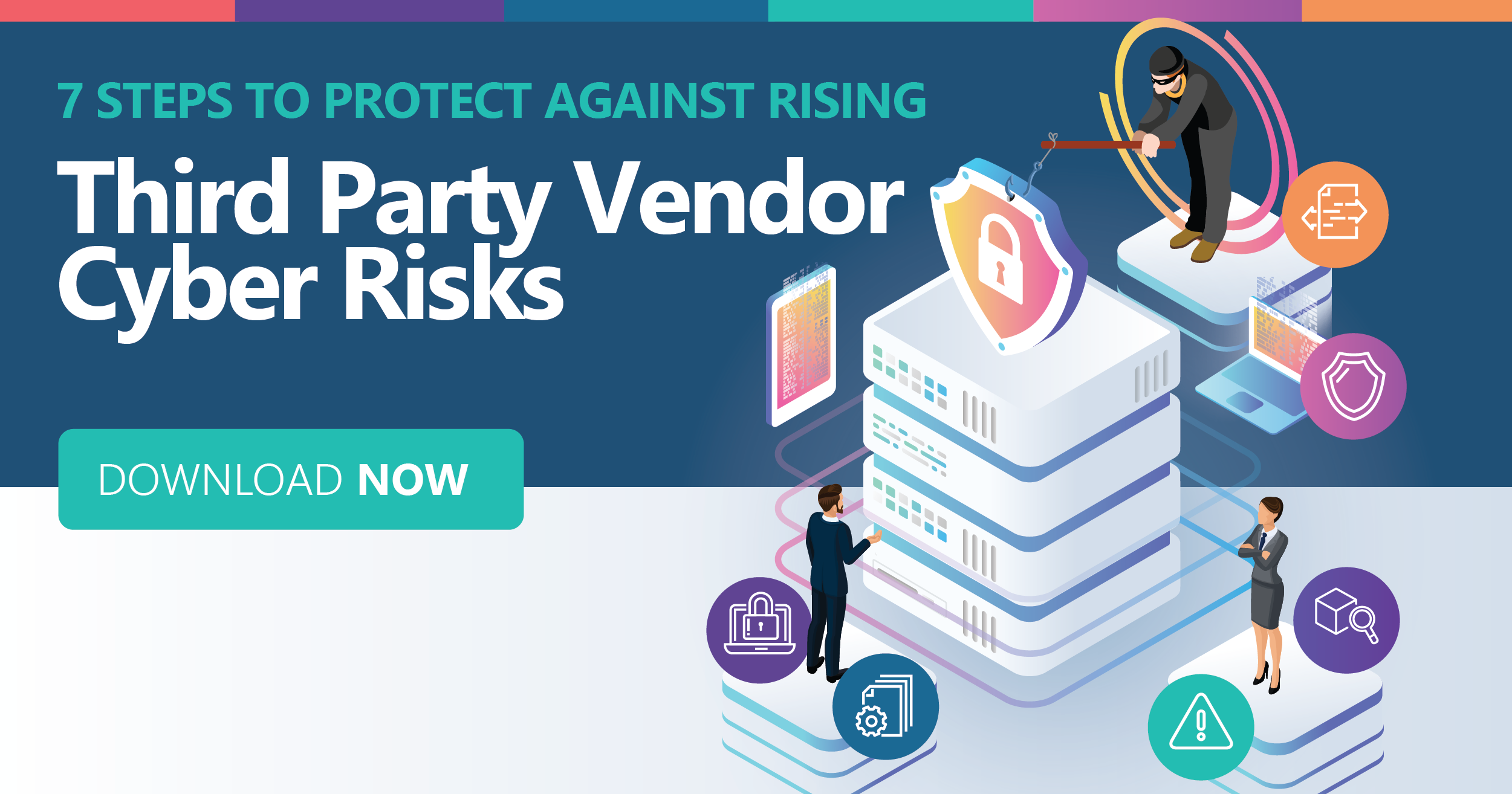“Phishing,” as we know it in the tech world, isn’t something involving bait and tackle... at least, not in the traditional sense, anyways. Phishing refers to a cyberattack that uses disguised emails as a weapon. The goal is to trick the email recipient into believing that the message is something they want or need — a request from their organization, for instance, or a note from a colleague in their organization — and there’s always a call to action such as to click a link or download an attachment.
What really distinguishes phishing is the form the message takes. The attackers masquerade as a trusted entity of some kind, often a real or plausibly real person, or a company the victim might do business with. It's one of the oldest types of cyberattacks, dating back to the 1990s, and it's still one of the most widespread and pernicious, with phishing messages and techniques becoming increasingly sophisticated.
Today, we’re seeing an increase in the use of trusted sources to deliver the malware payload in the email. The trusted sources being used to trick individuals and organizations into opening or clicking on a link inside an email to plant malware include medical and legal professionals, mail delivery services such as UPS or FedEx, Amazon, Google, Microsoft and people you might know from work, social activities and more.
Why Cybersecurity Is a Team Sport Between Organizations
- We are only as safe as our third-party vendors allow us to be. Say what?
Is it unfortunate? Yes. Is it true? Absolutely. Our third-party vendors are susceptible to these types of attack vector, and they may be less prepared for it than you are. They’re susceptible to the same forms of ransomware email attacks as you are. It only takes one click of the mouse.
The real problem is we’re all vulnerable to a well-placed, well-timed email. If executed perfectly, in an effort to keep up with the latest news while we’re busy and rushing around, we may let our guard down and click on a phishing email that looks like it’s from a charity we support or a colleague at work. Unfortunately, that’s all it takes. So, you must be reviewing the cybersecurity precautions and measures that your vendors have in place. Remember, if your vendor experiences a data breach it could expose your customer data and cost your reputation – especially if the vendor is critical or high risk with access to sensitive information.
- Both you and your vendors should have a Security Education, Training and Awareness (SETA) program. You'll need to verify your vendors’ have an active program.
When vetting a third party to do business with, you must review their cybersecurity policies and procedures. Verify that they’re acceptable, but also verify that they have annual training in place for their employees.
Cyber awareness is key. Even with all the tools that a vendor may put into place to help safeguard data and the attacks from happening, well trained and informed employees really do make a difference. If they're not training their employees on how to spot a phishing email, then you’re at greater risk of the third-party vendor being exposed to a data breach that could funnel down to your organization.
Always verify that your vendor’s due diligence is adequate and pay close attention to their business continuity management plans and their cybersecurity procedures. Make sure both meet or exceed your own organization’s timelines and fall in line with your procedures. Maintaining strong cybersecurity and Complementary User Entity Controls (CUEC), which means the controls both you and your vendor should have in place to safeguard data, is truly a team effort across the board.
Use these seven steps to prevent against rising cybersecurity breaches. Download the infographic.



















